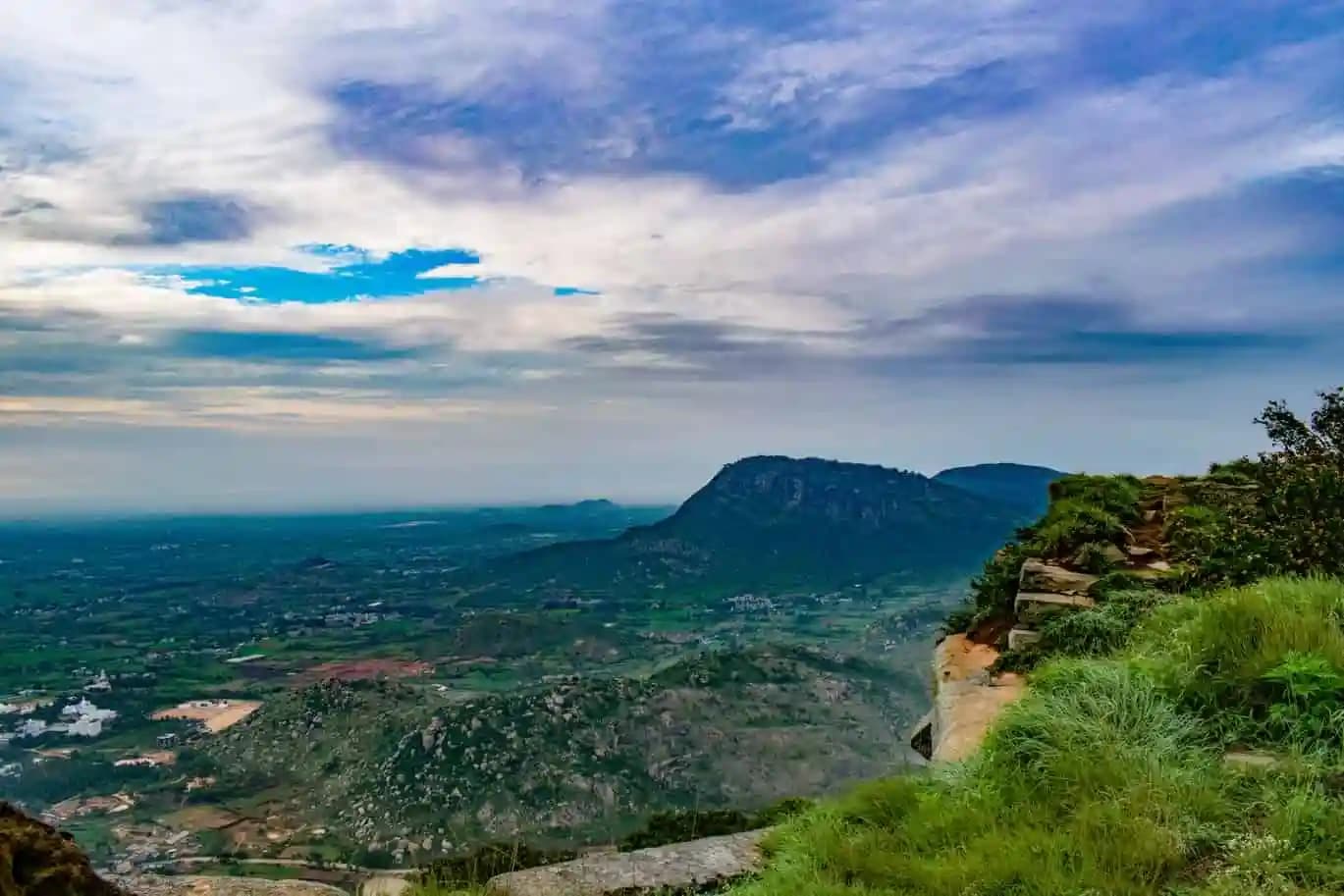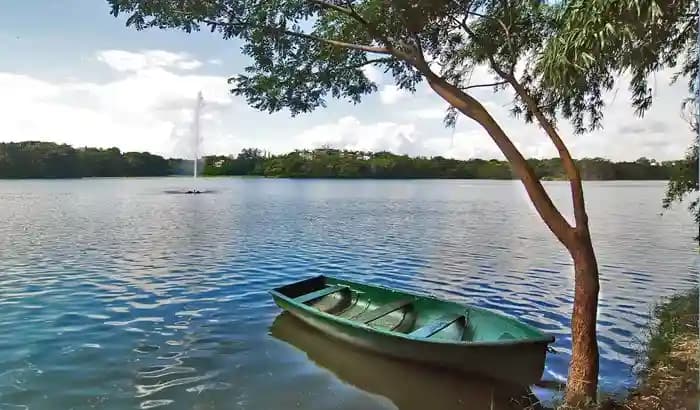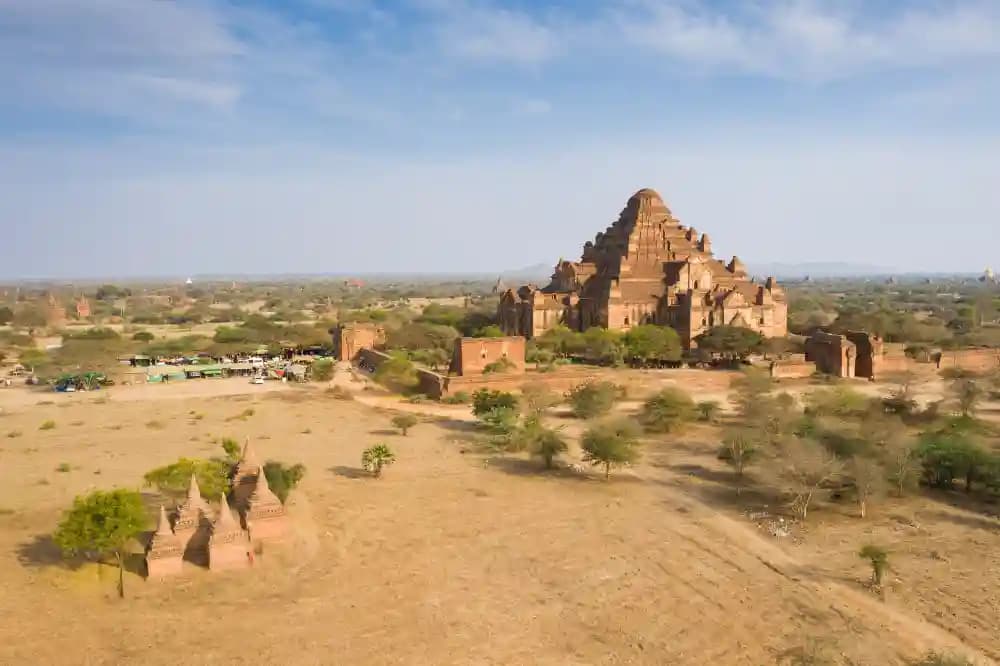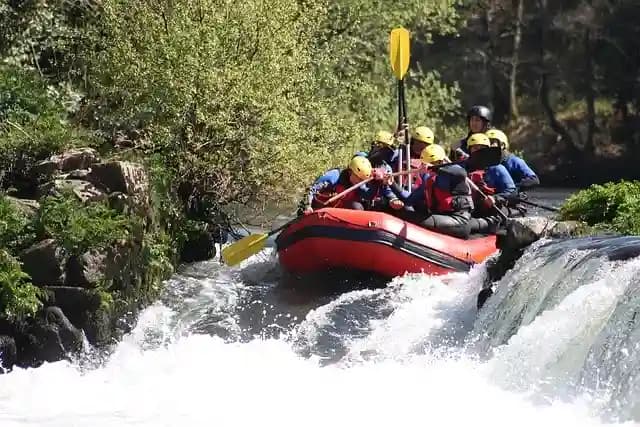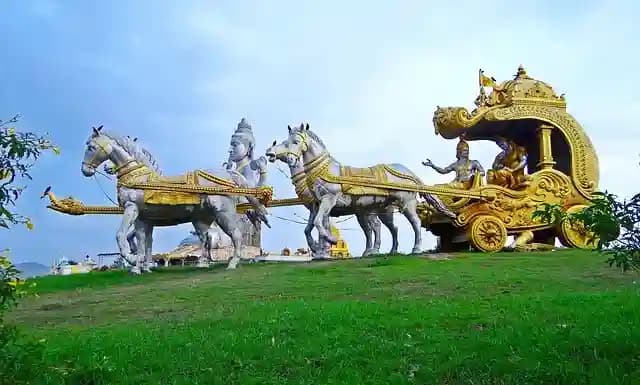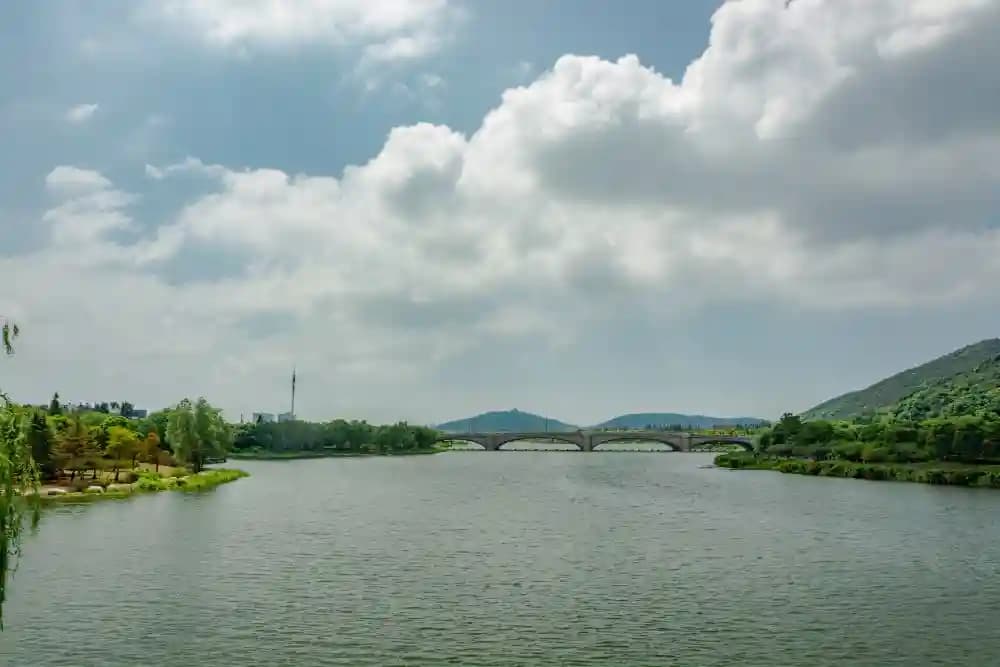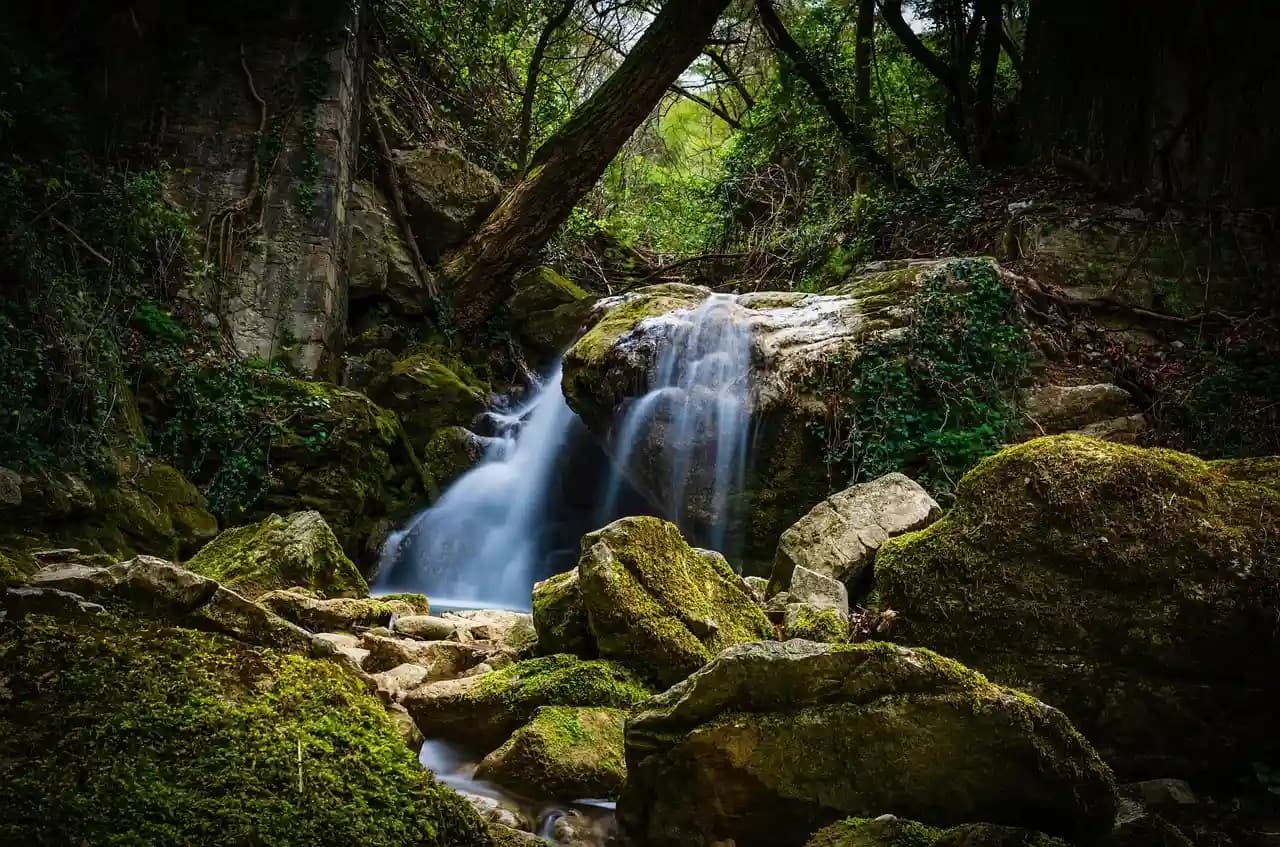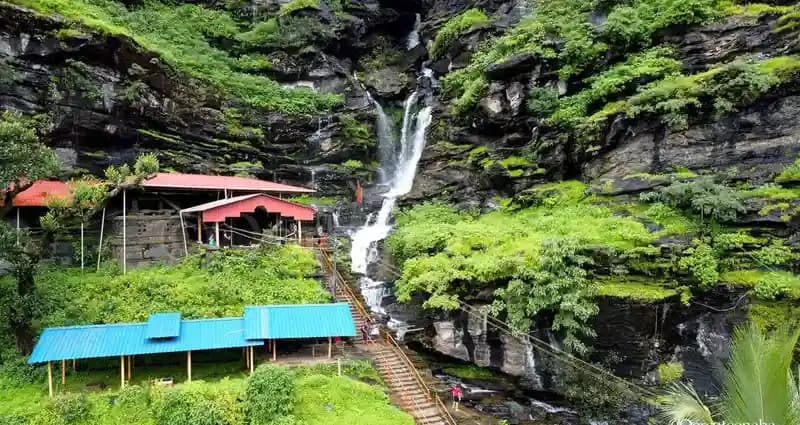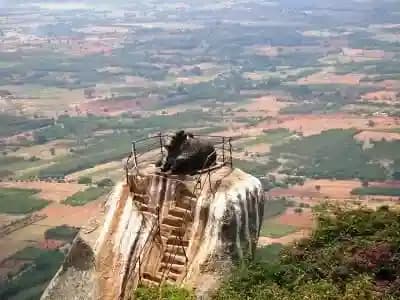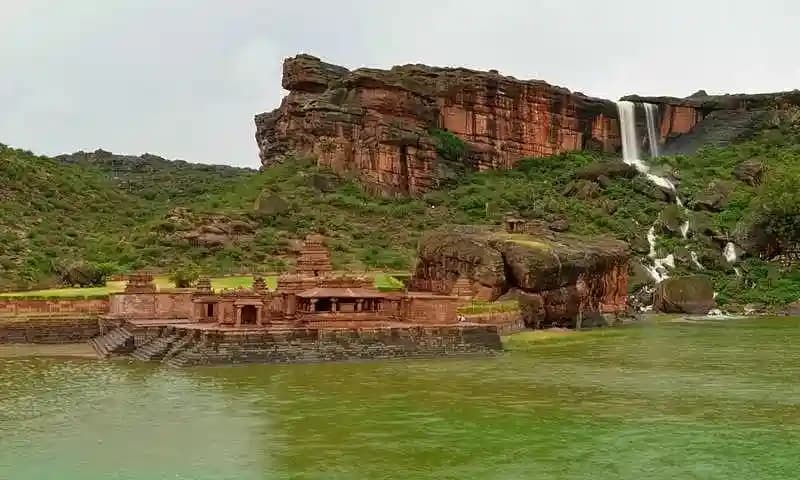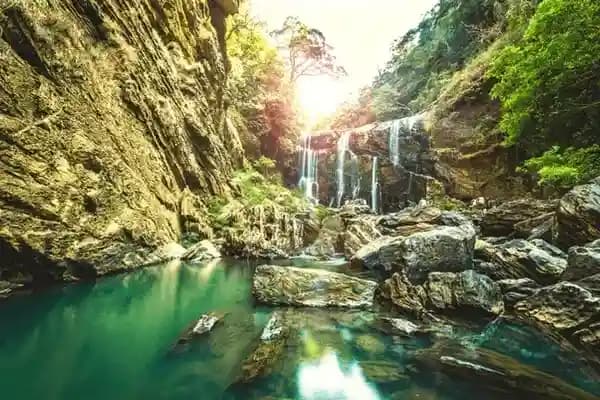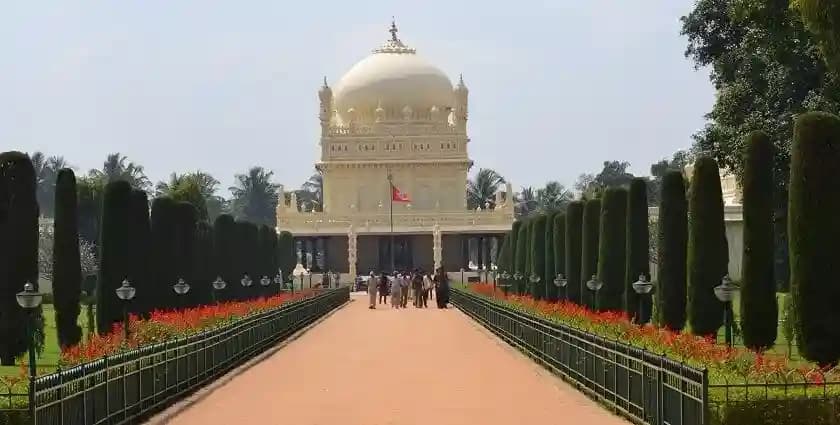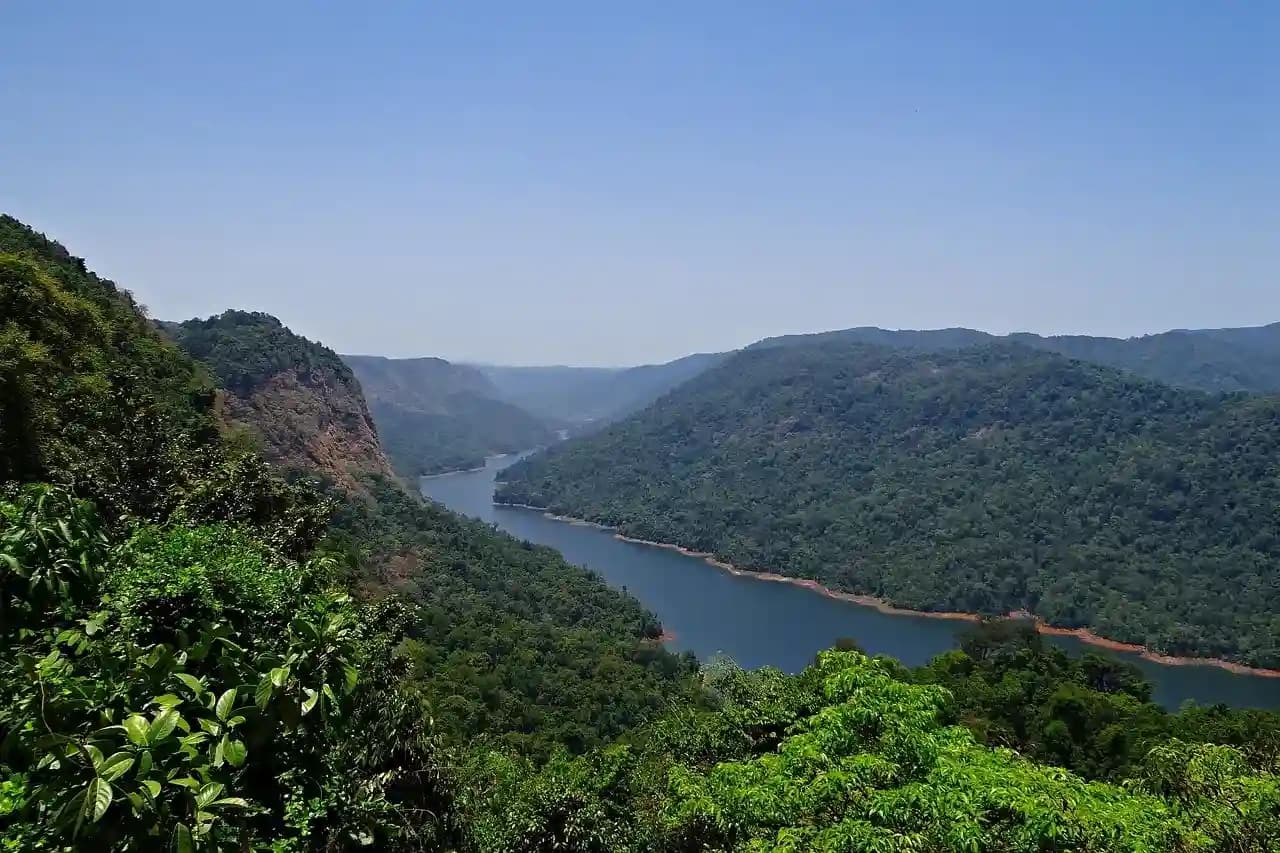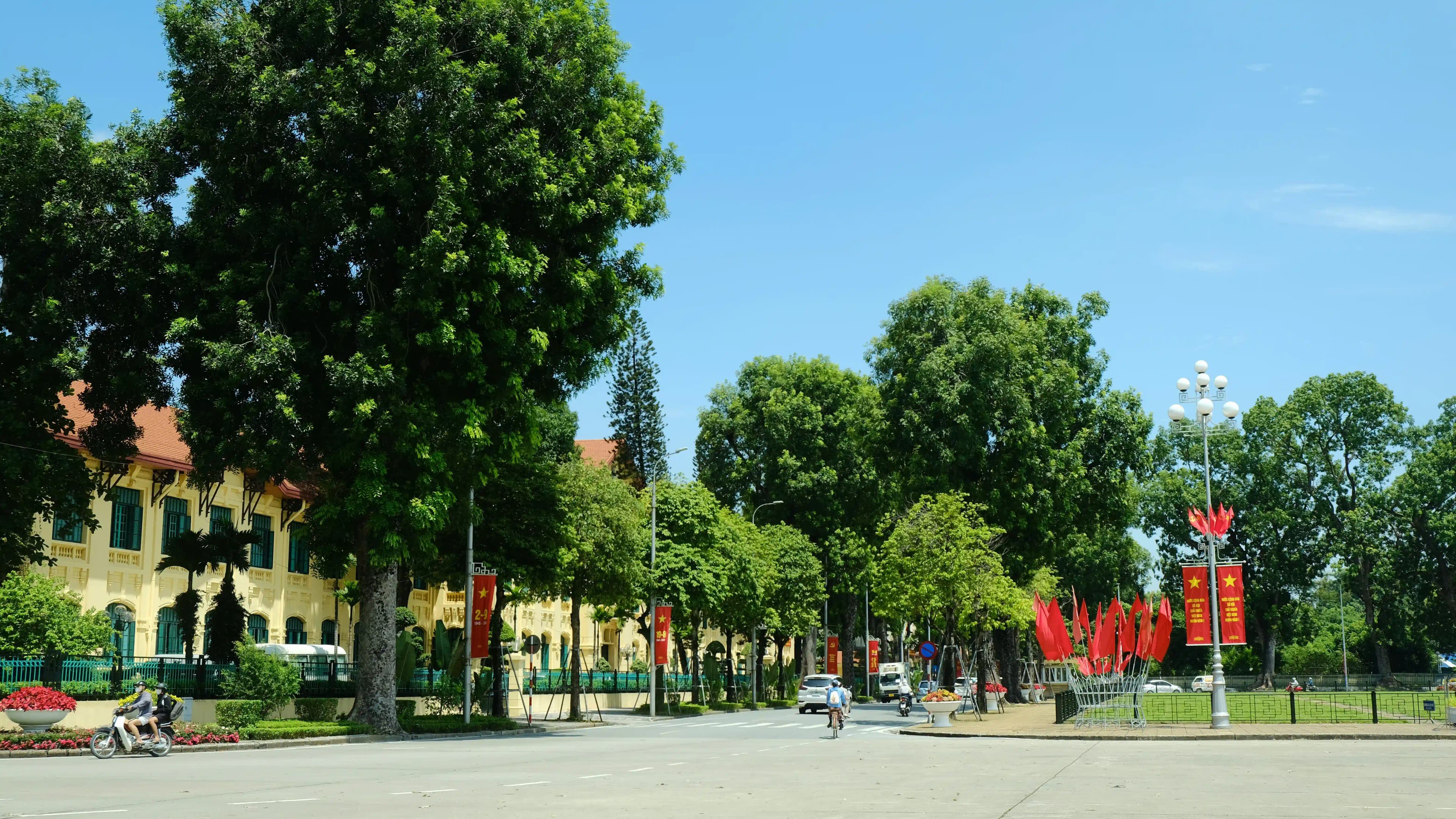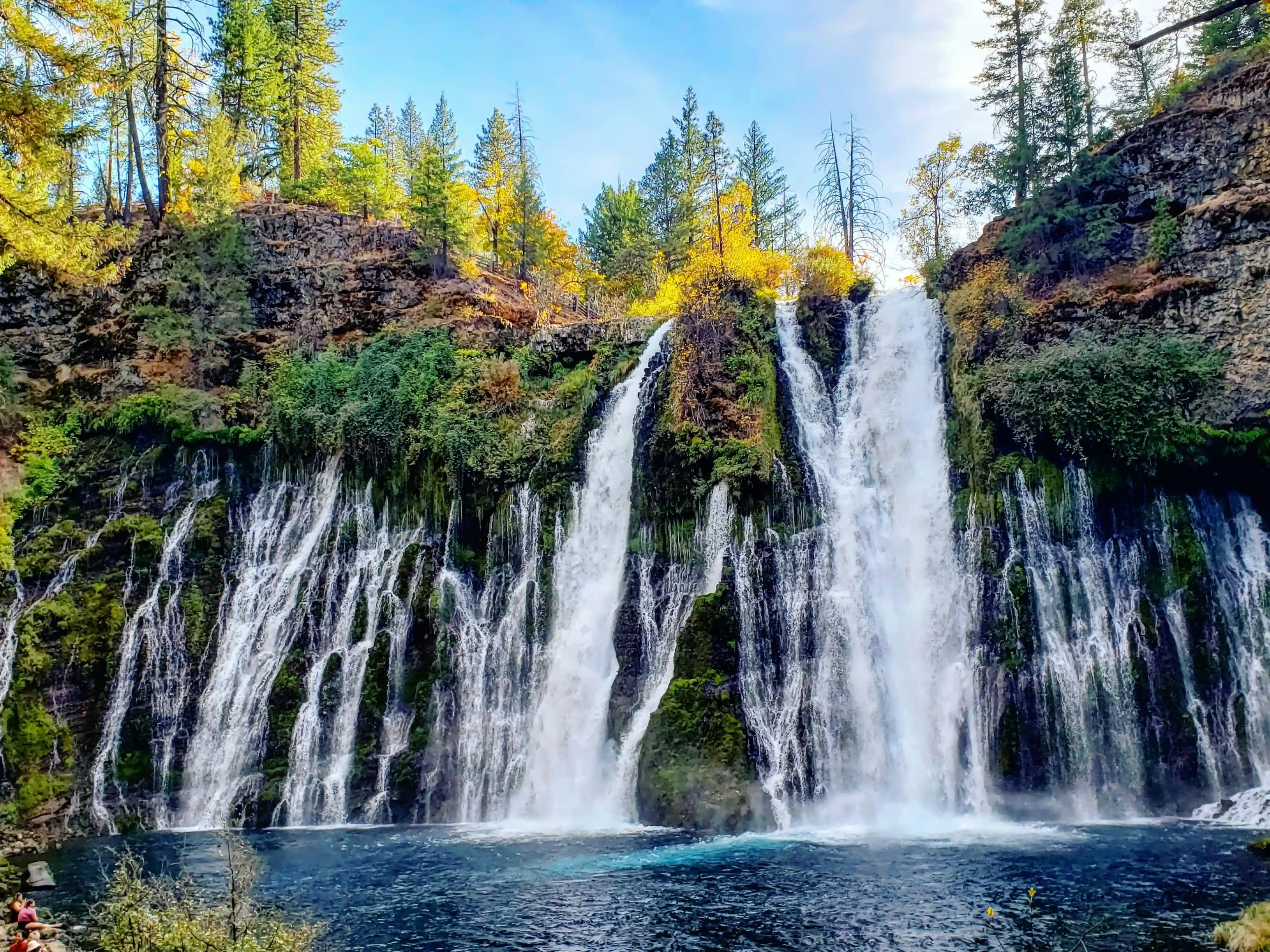Nagarhole National Park, commonly referred to as Rajiv Gandhi National Park, is a famous wildlife sanctuary in India. This wonderful refuge of natural beauty is part of the Nilgiri Biosphere Reserve, which is located in Karnataka's lush, green state. Nagarhole, with its enormous areas of woods, tranquil rivers, and various animals, is a must-see for nature lovers, wildlife enthusiasts, and anybody wishing to escape the hustle and bustle of city life.
In this guide, we are about to learn the epic wonders that Nagarhole National Park offers to its tourists and why this should be on your itinerary.
Nagarhole is well-known for its unique landscape, which includes lush deciduous woods and wide grassland wetlands. The park is mostly covered in wet evergreen woods, which support a diverse range of vegetation. The towering teak and rosewood trees, intermingled with bamboo groves, form a dense canopy that shades and shelters the park's residents. During the monsoon season, the park becomes alive with lush vegetation and blossoming flowers, converting it into a vibrant paradise.
The Kabini River, one of the region's major rivers, runs through Nagarhole, producing a tranquil setting that attracts a variety of animals and birds. The backwaters of the Kabini Reservoir are a vital part of the park's ecosystem, providing a lifeline for species, particularly during the dry season.
The Best Time To Visit Nagarhole:
Nagarhole National Park can be explored year-round, however the best time to visit will depend on what you like best. The dry season, which runs from October to May, is good for wildlife watching since animals come together around water sources, making them easier to see. The weather during these months is very favorable, making them suitable for safaris.
The monsoon season, which runs from June to September, converts the park into a lush green paradise complete with blooming flowers and running streams. While animal viewing can be difficult at this time, the park's natural elegance is at its finest, making it ideal for nature enthusiasts and photographers.
Nagarhole’s Wild Residents:
Nagarhole National Park attracts nature enthusiasts and photographers due to its diverse wildlife population. The park is part of southern India's biggest protected forest area, offering a safe haven for a diverse range of animal species.
1. Majestic Big Cats
Nagarhole is well-known for its Bengal tiger and leopard populations. Seeing the enigmatic big cats in their native environment is an exciting experience. The park's healthy woods and plentiful prey base provide a perfect habitat for these top predators. With a little luck and patience, you could get a glimpse of a tiger sneaking through the underbrush or a leopard relaxing on a tree branch.
2. The Elephant's Paradise
Nagarhole is a section of the Nilgiri Elephant Reserve, which is home to a high number of Asian elephants. These gentle giants are frequently spotted grazing in the park's green meadows or having a relaxing bath in the Kabini River. Seeing a troop of elephants in their natural environment, with their joyful calves in tow, is a memorable experience.
3. A Bird Watcher's Delight
Nagarhole is a birdwatcher's delight, with over 250 species documented in the park. The park's bird occupants, which include the stately crested hawk-eagle and the bright Malabar trogon, are breathtaking. The Kabini backwaters are very famous for birding, with a variety of water birds such as herons, egrets, and storks.
4. Reptiles and Amphibians
The park's unique environment also supports a variety of reptiles and amphibians. Crocodiles may be seen sunning on the shores of the Kabini River, while the park's deep undergrowth is home to a variety of snake species, including the Indian python and king cobra. The monsoon season attracts a variety of frogs and toads, adding to the park's lively environment.
5. Lesser Known Mammals
Aside from tigers, leopards, and elephants, Nagarhole is home to a variety of other species, including Indian gaurs (bison), spotted deer, sambar deer, barking deer, and wild boar. The park also has colonies of sloth bears, striped hyenas, and dhole (Indian wild dogs). The abundant biodiversity means that every safari is full of intriguing encounters.
The Delight of Safari:
Nagarhole National Park's natural beauty and animals may best be experienced on a safari. The park offers both car and boat safaris, each of which provides a unique view on the area's rich environment.
1. Jeep Safari
A jeep safari brings you deep into the very core of the park, where you can explore the lush woods and vast meadows. Tracking wildlife and learning about the park's flora and fauna is possible with the help of a skilled naturalist. Early morning and late- afternoon safaris are the greatest times to see wildlife since animals are more active during these colder hours. Prepare your camera for unexpected encounters with tigers, elephants, and other animals!
2. Boat Safari
The boat safari on the Kabini River provides a unique view of Nagarhole's animals. Gliding along the tranquil waterways, you may see elephants, deer, and other creatures gathering on the riverbanks to drink. The boat safari is also an excellent opportunity to see birds, since numerous ducks and other avian species visit the river. The tranquil environment of the boat safari, with the soft rippling of the water and the twittering of birds, creates a restful yet thrilling atmosphere.
How to Reach Nagarhole National Park
Nagarhole National Park is easily accessible by road, making it reachable from several places in Karnataka.
By Air: Mysore Airport is around 96 kilometers from the park. Bangalore's Kempegowda International Airport is around 220 kilometers distant and has superior connections.
By Train: The nearest railway station is Mysore, which is roughly 80 kilometers from Nagarhole. From Mysore, you may take a cab or a bus to the park.
By Road: Nagarhole is easily accessible by road from major cities like Mysore, Bangalore, and Coorg. Regular bus and taxi services are available between these cities and the park.
Tips for Visiting Nagarhole National Park
To make the best out of your vacation to Nagarhole, remember these tips:
Plan Your Safari in Advance: Safaris are a popular pastime, so plan your safari ahead of time, especially during busy tourist seasons. This guarantees that you have a space and may select your favorite time period.
Wear Comfortable Clothing: Choose comfortable, lightweight clothing in neutral hues such as khaki, green, or brown to complement the natural surroundings. This helps to prevent drawing unwanted attention from wildlife.
Respect Wildlife and Follow Park Rules: Always keep a safe distance from animals and refrain from making loud noises. Follow your guide's or naturalist's recommendations to make sure everyone has a safe and pleasurable time.
Carry Binocular and Cameras: A pair of binoculars is required to see faraway animals and birds. Remember to bring your camera so you can record the wonderful animals and beautiful splendor of Nagarhole.
Stay Hydrated and Pack Snacks: Safaris can take many hours, so bring a water bottle to remain hydrated. It's also a good idea to include some light snacks, particularly if you're traveling with youngsters.
Conclusion
Nagarhole National Park is an absolute treasure trove of natural beauty and animals, providing an ideal respite from the rush and bustle of urban life. Whether you're a wildlife fanatic, a nature lover, or simply wanting to unwind in a peaceful setting, Nagarhole provides something for everyone. From exhilarating safaris to relaxing boat excursions, every encounter in Nagarhole is an experience waiting to be discovered. So pack your luggage, grab your binoculars, and prepare to embark on an adventure into the heart of the wilderness - Nagarhole awaits!
Frequently Asked Question (FAQs):
1. Which is the ideal time to visit Nagarhole National Park?
The ideal time to visit Nagarhole National Park is between October and May, when the weather is favorable and the chances of seeing animals are higher. During the dry season, animals group together around water sources, making them easier to spot.
2. What types of animals can I observe at Nagarhole National Park?
Nagarhole is home to a varied diversity of wildlife, including Bengal tigers, Asian elephants, leopards, Indian gaurs, spotted and sambar deer, sloth bears, and over 250 bird species. You could also see crocodiles, wild boars, and numerous reptiles.
3. What should I wear on a safari in Nagarhole National Park?
Wear comfortable, lightweight clothing in neutral hues such as khaki, green, or brown to fit in with the natural environment. Avoid bright hues that could draw attention. Bring a hat, sunglasses, and sunscreen for sun protection.
4. Is it safe to visit Nagarhole National Park?
Yes, Nagarhole National Park is typically considered safe for tourists. Safaris are led by qualified guides and naturalists who keep you safe. However, it is important to obey park laws, keep an appropriate distance from wildlife, and refrain from making loud noises or unexpected movements.


